Fluid Mosaic Model-Structure of Plasma Membrane
The thin and semi-permeable outermost boundary of a cell is called the cell membrane. However, a plant cell’s outer covering is the cell wall. This article will help you to understand the structure of the cell membrane.
Chemical composition of the cell membrane
The cell membrane is chemically composed of lipid and protein:
- Proteins are 60 to 80%
- Lipids are 20 to 40%
- A small amount of carbohydrate is also present.
Structure of Plasma Membrane
Different biologists proposed different structures of the plasma membranes. Which are given below;
Unit Membrane Structure:
According to this model, the membrane is composed of lipid bilayers. The lipid bilayers are sandwiched between inner and outer layers of protein. This basic structure is called a unit membrane. This unit membrane is present in all cellular organelles. Modern technology shows that lipid bilayers are not sandwiched between two protein layers.
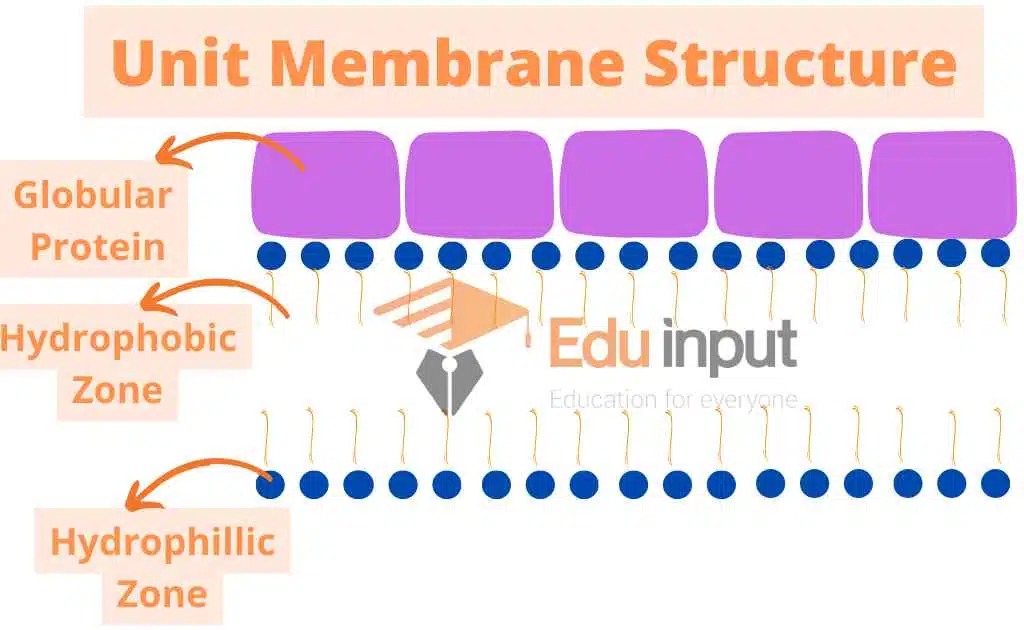
Fluid Mosaic Model
S. Jonathan Singer and Garth Nicholson developed the fluid-mosaic model of membrane structure in 1972. According to this model, a membrane is a double layer (bilayer) of proteins and phospholipids.
It is present in fluid form. This double layer of phospholipids looks like the sea. The proteins float in this sea-like iceberg. Therefore, the membrane is in a constant state of shifting and changing. But it maintains its uniform structure constantly.
The word mosaic is used for different kinds of proteins. These proteins are dispersed in the phospholipids bilayer.
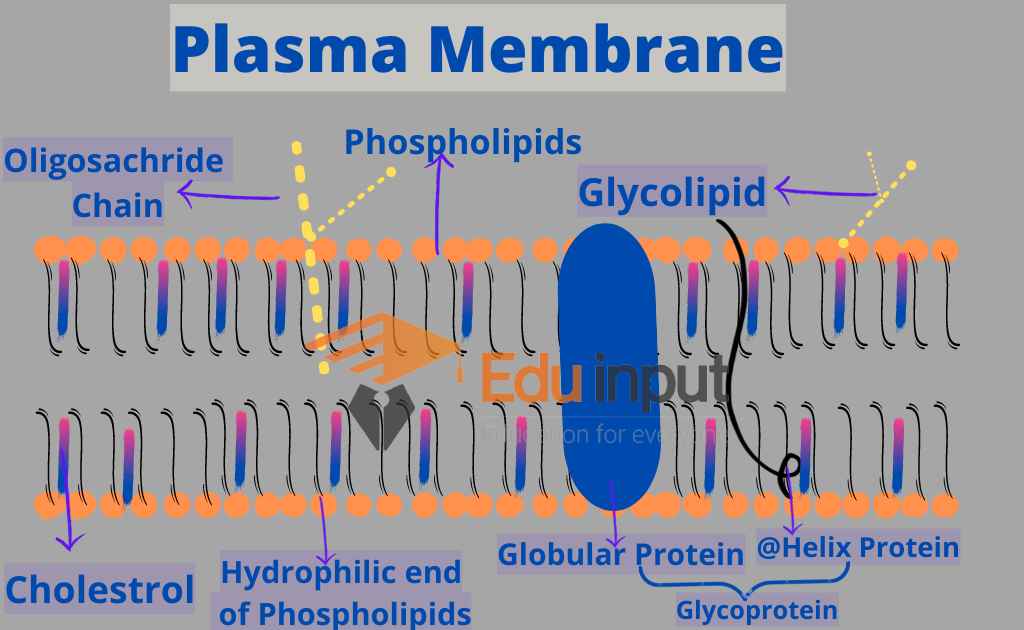
Here are the important points of the fluid mosaic model.
1- Phospholipids
Phospholipids are major components of the cell membrane. Phospholipids are amphiphilic having both hydrophobic and hydrophilic properties. The phospholipids have two ends:
Polar end or head:
It has phosphate group. The spherical “heads” are located over the outer and inner surfaces of the cell. They are called hydrophilic phospholipids (attracted to water).
Nonpolar end or tails:
Nonpolar end has fatty acid molecules. The “tails” of phospholipid layers attract each other. And are repelled by water molecules thus they are called hydrophobic, (repelled by water).
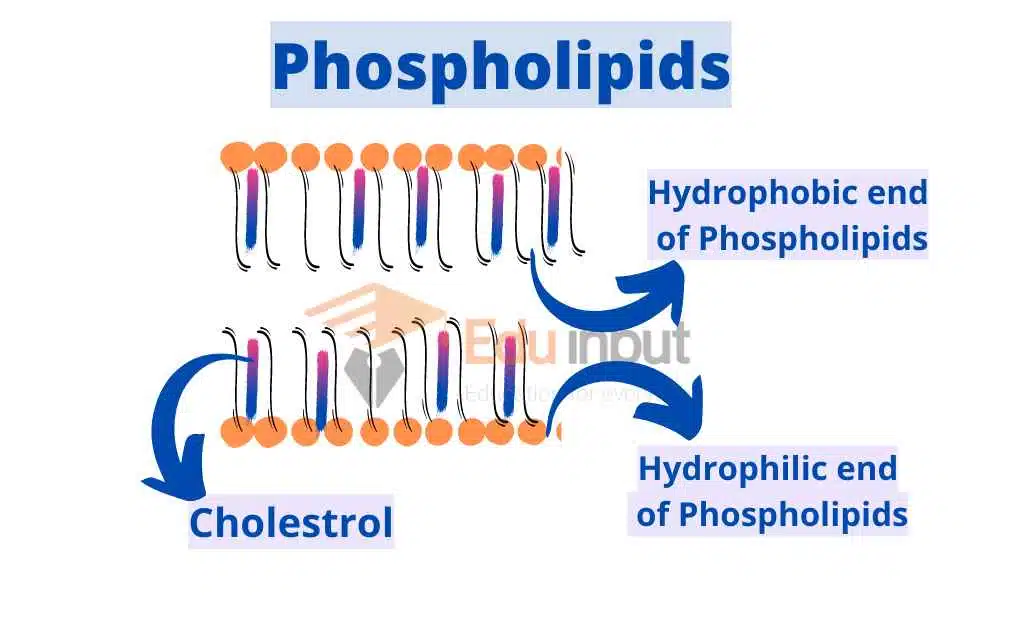
2. Cholesterol
Cholesterol is also present in the plasma membrane. It also is a lipid component of animal cells. The cholesterol molecules are embedded in the interior surface.
They make the membrane less permeable for water-soluble substances. Cholesterol molecules help the membrane retain its rigid structure.
3. Proteins
The membrane proteins are present in the form of individual molecules. There are two types of proteins present in the membrane.
• Peripheral Proteins:
They are attached to both inner and outer membrane surfaces.
• Intrinsic Proteins:
Proteins that are embedded in the lipids bilayer are called intrinsic proteins.
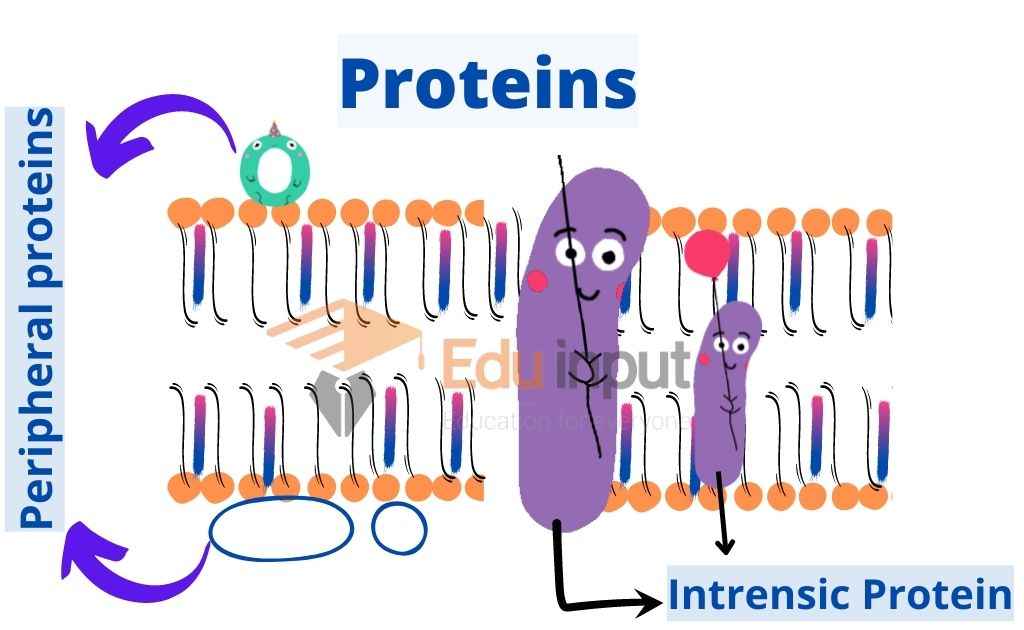
The intrinsic proteins perform the following functions:
(a) Some intrinsic proteins are linked to sugar-protein markers on the cell surface.
(b) Some intrinsic proteins help ions or molecules in movement across the membrane.
(c)Some attach the membrane to the cell’s inner cytoskeleton or various molecules outside the cell.
4. Carbohydrates
The carbohydrates in the plasma membrane are present in two forms:
•Glycoproteins:
The carbohydrates and proteins collectively form glycoproteins.
• Glycolipids
The carbohydrates unite with lipids to form glycolipids on the surface of a plasma membrane.
• Glycocalyx
Surface carbohydrates and some of the proteins and lipids make up the cell coat which is called the glycocalyx. It has a complex arrangement. There are peculiarly shaped groups of sugar molecules in glycocalyx. These sugar molecules behave as a molecular “fingerprint”.
The glycocalyx helps in the recognition of cells. As they are a key component in coordinating cell behavior in animals.
Functions of Plasma Membrane :
Functions of the plasma membrane are enlisted here.
1. Transport of Material:
Transport of material is a vital role of the plasma membrane.
2. Differentially Permeable Membrane (semi-permeable):
Plasma membrane forms a barrier between the cell contents and the outer environment. It allows selective substances to move across the membrane. Thus it is known as a differential permeable or selectively permeable membrane.
3. Maintenance of Concentration Gradient:
Lipid soluble substances easily cross the membrane than others. Therefore, it regulates the flow of materials and ions. Thus it maintains a definite concentration gradient. Many small gas molecules, water, glucose, etc are neutral compounds. So they easily cross the membrane. But ions like Na, and K are charged particles. So they cannot cross the membrane easily.
4. Passive transport:
Many substances are not needed. They constantly enter the cells by passive transport. Passive transport is the movement of molecules from higher concentration to lower concentration through carrier protein molecules.
5. Active transport:
The uphill movement of the material requires energy and it is called active transport. It takes place against the concentration gradient (from low concentration to higher concentration). The energy used for this movement is provided by ATP.
6. Endocytosis:
In many animal cells, the cell membrane takes in the material by enfolding it in the form of vacuoles. It is known as endocytosis. It can be phagocytosis or pinocytosis.
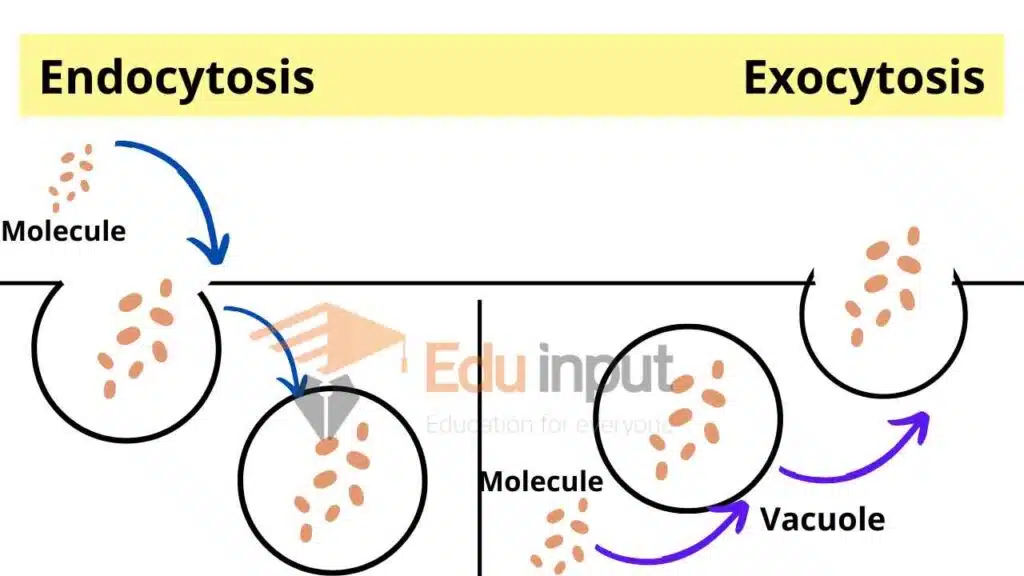
7. Transmission of nerve impulses:
The cell membranes of the neurons transfer the nerve impulses from one part of the body to the other part. It keeps coordination in the body.
Frequently Asked Questions-FAQs
What is cell membrane?
The cell membrane is the outermost covering of animal cells that separates the interior cell from the external environment. In plant cells, fungi, and some other organisms, it is present inside the cell wall.
What is the structure of the cell membrane?
The cell membrane is made up of;
Proteins
Lipid Bilayer
Carbohydrates
Phospholipids
cholesterol
What is the main function of the cell membrane?
It primarily functions for the transport of molecules across the cell membrane. It acts as a semi-permeable membrane, that allows the movement of selective molecules.
What is the difference between the cell wall and cell membrane?
The cell wall is the outermost layer of plant cells and some other cells, which encloses cell membranes and all the cell content, while the cell membrane is a layer present inside the cell wall of a plant cell. it is the outermost layer of the animal cell where the cell wall is absent.

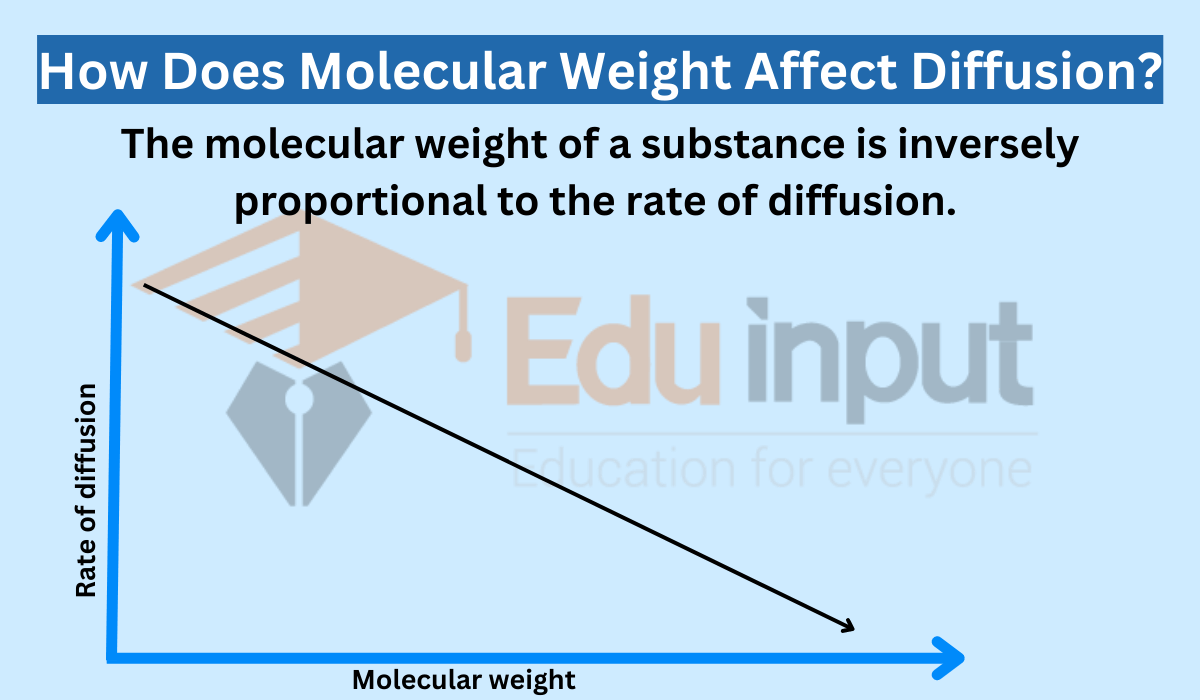
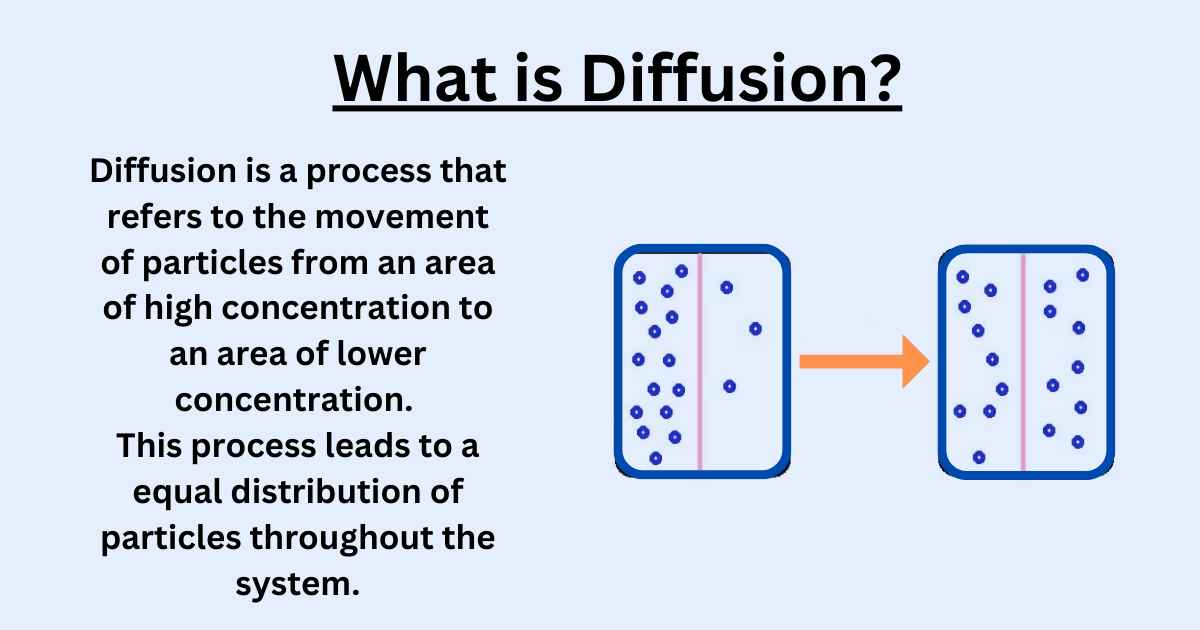
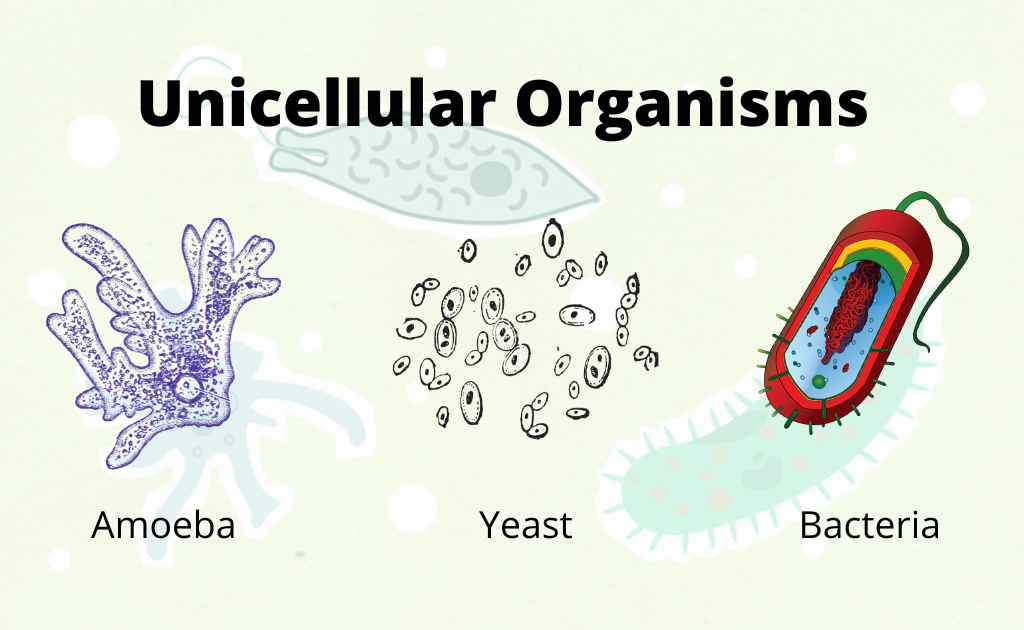
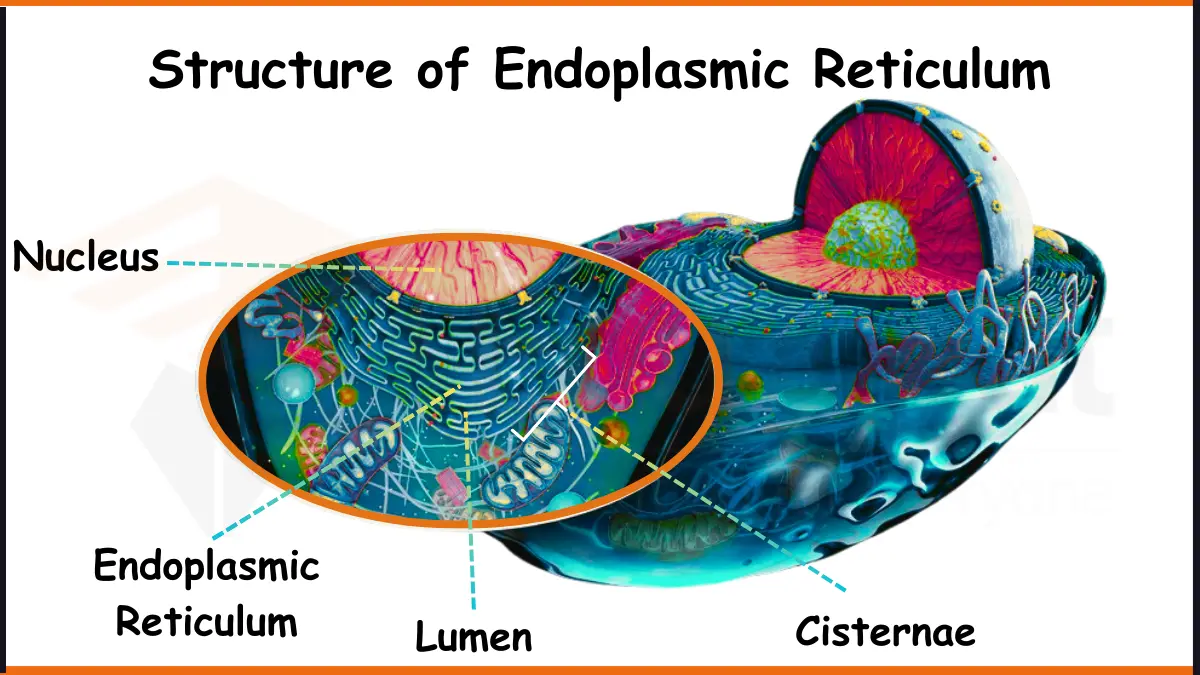


Leave a Reply